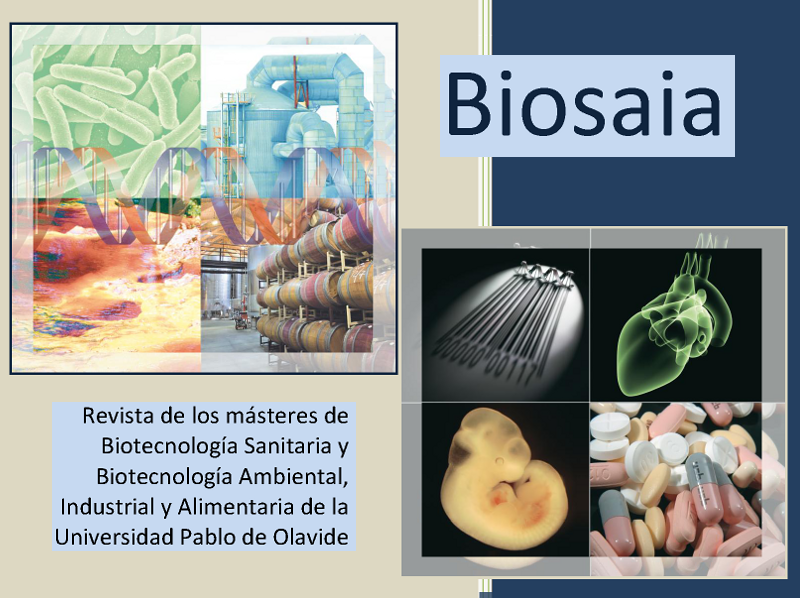Bacterial Characterization of Sourdough from a Local Factory
Palabras clave:
Sourdough; Lactic Acid Bacteria (LAB); BacteriocinsResumen
Motivation: Sourdough is the fermentation product of flour and water dough by yeasts and lactic acid bacteria (LAB). Depending on the origin of the microorganisms it can be classified in Type I (spontaneous and with backslopping), Type II (uses a starter culture without backslopping) and Type III (uses a starter culture and backslopping)1.
Sourdough-based products have improved properties, which have been attributed to the LAB and their metabolism 2. This study is focused on the characterization of LAB in an industrial sourdough at two different moments.
Methods: To isolate LAB from sourdough, independent samples were taken from a homogenized portion. Appropriate dilutions were plated on mMRS agar and grown on aerobiosis at 30ºC. Cell concentration was calculated as CFU/g of sourdough.
Morphologies of Catalase negative isolates were determined by optic microscopy. For molecular identification, DNA was extracted by a method described by Cold Spring Harbour Laboratory3. Fragments from rRNA 16S gene were amplified by PCR and sent for sequencing. Sequences were compared with databases using the BLASTn tool4.
Non-pathogen S. aureus and L. innocua were used as indicator strains to detect antimicrobial capacity on BHI medium. Clear zones around colonies were rated as positive results.
Results: LAB were present in the two sourdough samples at 2.75*10^7 CFU/g and 4.3*10^7 CFU/g.
The dominant morphologies were long, medium and short bacilli. They presented percentages of 41.5%, 18.9% and 39.6% in the first sample and 13.5%, 30.8% and 55.8% in the second, respectively. The dominant species were Lactobacillus crustorum (corresponding to long bacilli), Lb. rossiae (short bacilli) and Lb. plantarum (medium bacilli).
Antagonistic activity was detected only against S. aureus just in 5% of candidates from the second sample.
Conclusions: LABs present in two sourdough sample´s from the same factory have been characterized. Cell concentrations were similar to that described in the bibliography. Dominant species identified were Lb. crustorum, Lb. rossiae and Lb. plantarum. However, their proportion was different in the two sourdough samples. Antagonistic activity against S. aureus was detected in the second sample





